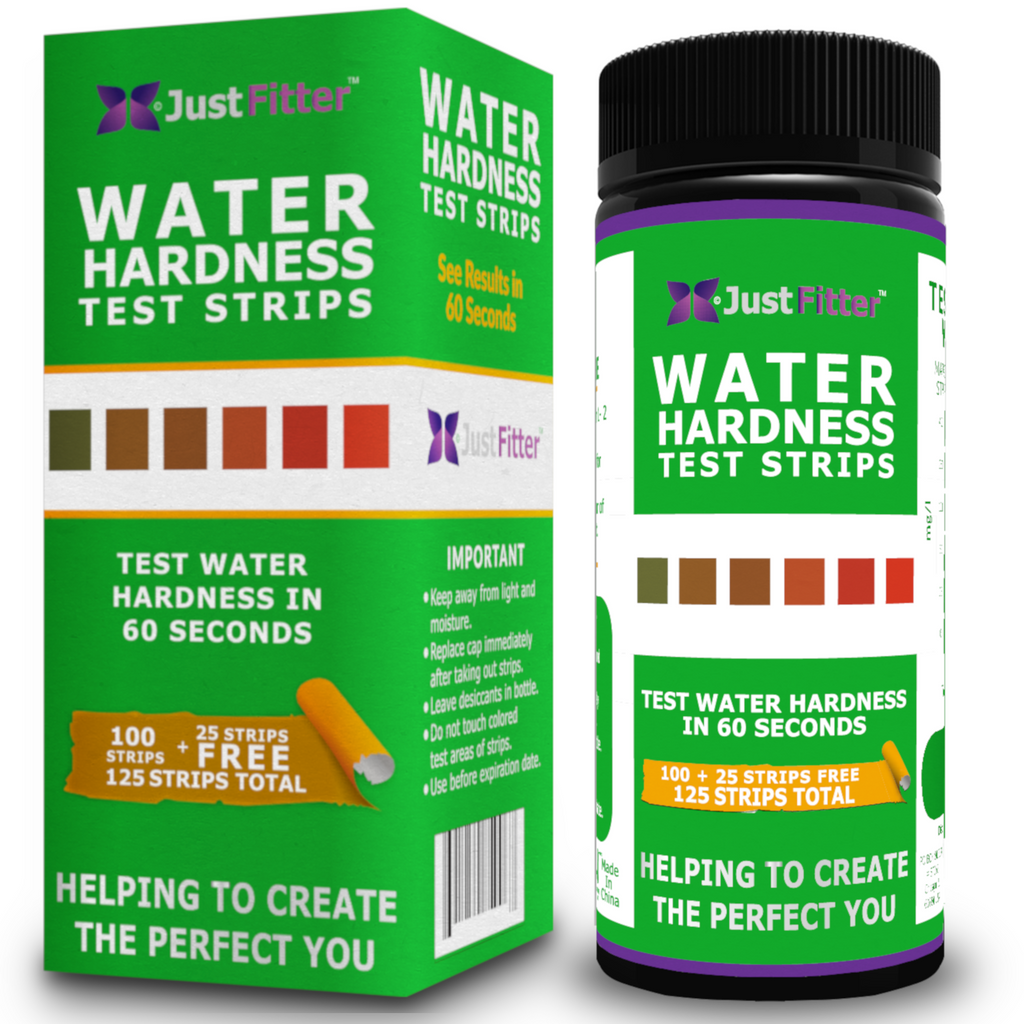How to Use Hard Water Test Strip
Posted by Just Fitter on
In school, we were taught that water is an inorganic, transparent, tasteless, odorless, and nearly colorless chemical substance which is made up of two hydrogen atoms and one oxygen atom. However, have you ever wondered why sometimes some waters are hard to wash in? Or notice that some waters leave spots or films of residue on your glass or even on your hands? This happens because of water hardness which refers to the amount of dissolved compounds of calcium and magnesium in water. Hard water is high in dissolved minerals, largely calcium and magnesium. Calcium reacts to soap which prevents soap from lathering by causing the development of an insoluble curdy precipitate in the water therefore requiring more soap or detergent.
Excess Intake of Calcium and Magnesium
An excess intake of magnesium salts may cause a temporary change in bowel habits such as diarrhea or in worst yet seldom cases hypermagnesemia or renal insufficiency due to decreased ability to excrete magnesium.
When calcium is absorbed in excess need, it is easily excreted by the kidneys of healthy people who do not have any renal impairment. But a concern is directed to people who are prone to milk alkali syndrome or the simultaneous presence of hypercalcemia where calcium levels in the blood is above normal.
Potential Health Effects of Hard Water
Although an excess of calcium and magnesium in hard water may pose some risks, hard water is not a health hazard. In fact, the National Research Council (National Academy of Sciences) states that drinking hard water generally contributes a small amount toward total calcium and magnesium human dietary needs. They further state that in some instances, where dissolved calcium and magnesium are very high, water could be a major contributor of calcium and magnesium to the diet.
Total Hardness test strip
Hard water can easily be measured with the use of the total hardness test strip. These strips are very sensitive to the environment and changes in temperature. If tap water is tested, pass test strip under a stream of water for about a second before shaking off the excess water. After 15 seconds or so, compare the color of change on the test pad to the color chart.
Hard water may cause buildup in pipes or hasten corrosion and even leave stains in your kitchenware, so being able to check water hardness will help determine your need for water treatments or softener.
Conclusion
Hard water is form of an insoluble precipitate with soap and is primarily due to the presence of dissolved calcium and magnesium mineral compounds. Drinking hard water may cause an excessive intake of calcium and magnesium which in seldom cases can lead to hypermagnesemia and hypercalcemia. However, such may also have potential health benefits in relation to adequate calcium and magnesium in peoples’ dietary needs. Thus, it is important to measure water hardness through the easiest possible way using the total hardness test strip. This way, it is easy to determine the suitable method to treat hard water or if this hard water is suitable enough for your laundry, pipes, kitchenware or even for drinking.
Sources:
https://www.usgs.gov/special-topic/water-science-school/science/hardness-water
https://www.wqa.org/learn-about-water/perceptible-issues/scale-deposits
https://www.who.int/water_sanitation_health/dwq/chemicals/hardness.pdf
https://water-research.net/index.php/water-treatment/tools/hard-water-hardness









